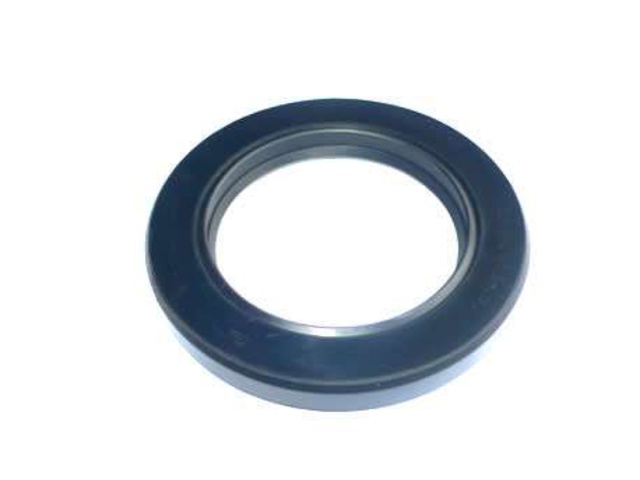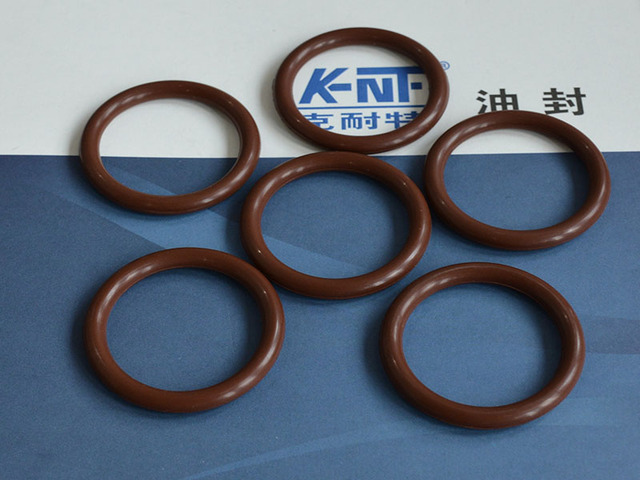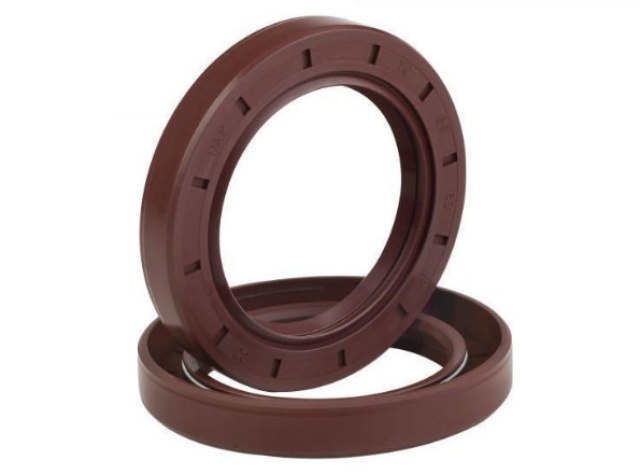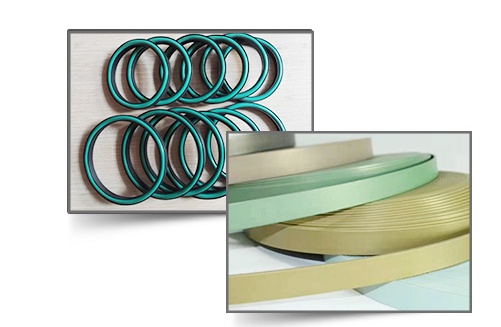Oil seals play a vital role in the smooth and efficient operation of many different types of equipment. These seals provide a barrier against leaks and contamination, while also ensuring the smooth operation of rotating shafts and other moving parts. However, not all oil seals are created equal, and chinese seal customization is often required to ensure optimal performance.
Customized Chinese seals for oil seals have become increasingly popular in recent years due to the country’s expertise in manufacturing high-quality seals at competitive prices. Chinese manufacturers are able to offer custom solutions to meet the specific needs of different applications, including seals made from a variety of materials such as rubber, silicone and Teflon.
One of the most important aspects of Chinese seal customization is determining the size and dimensions of the seal. The seal must fit snugly into the equipment component for which it is designed, creating an effective barrier against leaks and contamination. This requires careful consideration of factors such as shaft or bore dimensions and tolerances, seal lip diameter and width, seal thickness and material properties, and operating temperature and pressure requirements.
Proper sizing and dimensional accuracy are critical to effective seal performance. If the seal is too small or too large, it may not form an effective barrier, leading to leaks and contamination. If it is too thick or too thin, it may not fit properly or may wear out quickly. Improper sizing and dimensioning can lead to a host of problems, including equipment damage, reduced efficiency and increased downtime.
To ensure proper sizing and dimensional accuracy, it is important to accurately measure equipment components, consult with an experienced seal manufacturer and use advanced design software. An experienced manufacturer can provide guidance on the best materials, dimensions and tolerances to achieve optimum performance. Advanced design software can help ensure proper sizing and dimensional accuracy by simulating the performance of seals under different conditions and identifying potential problems before they occur.
Factors to consider when sizing and dimensioning
1. Size and shape of the equipment component to which the seal will fit
One of the most basic factors to consider when customizing a chinese seal is the size and shape of the equipment component that the seal fits into. This may include shafts, bores, housings and other parts. For china oil seal design seals are designed to fit snugly into these components, forming a barrier against leaks and contamination.
When selecting the size and shape of the seal, it is important to ensure a proper fit. If the seal is too small, it will not form an adequate seal and may lead to leaks. If it is too large, it may not fit the equipment components or may cause excessive friction.
2. Shaft or bore dimensions and tolerances
Another important factor to consider when sizing and dimensioning a seal is the shaft or bore size and tolerance. The seal needs to fit snugly into the shaft or bore to create an effective barrier, but not so tight that it causes excessive friction or wear.
The size and tolerance of the shaft or bore may vary depending on the equipment and application. For example, seals used in high pressure hydraulic systems require a tighter fit than seals used in low pressure pneumatic systems.

3. Seal lip diameter and width
The seal lip diameter and width are also key factors to consider when customizing a China seal. The seal lip is the part of the seal that contacts the shaft or bore, forming a barrier against leakage and contamination.
Lip diameters and widths can vary depending on the application and equipment. High pressure systems may require a larger lip diameter, while applications with higher shaft speeds may require a wider lip.
4. Seal thickness and material properties
Seal thickness and material properties are also important factors to consider when customizing a Chinese seal. Thickness will affect the seal’s ability to form a tight barrier, while material properties will determine its resistance to wear, temperature and chemicals.
Different materials may be better suited for different applications. For example, a seal made from Nitrile rubber may be suitable for low pressure hydraulic systems, while a seal made from Viton may be suitable for high temperature chemical processing applications.
5. Operating temperature and pressure requirements
The operating temperature and pressure requirements of the equipment are also key factors to consider when determining seal size and dimensions. Seals must be able to withstand the conditions to which they are exposed without degradation or damage over time.
If temperatures or pressures exceed the limits of the seal material, premature failure or damage to the equipment may result. It is important to select seals that will withstand the operating conditions of the equipment and to ensure that the seals are properly installed to prevent leakage.
6. Shaft Rotation Speed and Direction
Finally, the speed and direction of shaft rotation is also an important factor to consider when customizing a seal. Seals must be able to withstand the forces generated by rotation without deformation or wear over time.
Different types of rotation may require different seals, such as high speed rotation or reverse rotation. It is important to select a seal designed for the intended application and ensure it is installed correctly.
7. The importance of proper size and dimensioning for seal performance
Proper sizing and dimensional accuracy are critical to effective seal performance. If a seal is too small or too large, it may not form an effective barrier, leading to leaks and contamination. If it is too thick or too thin, it may not fit properly or may wear out quickly.
Improper sizing and sizing can lead to a range of problems, including equipment damage, reduced efficiency and increased downtime. For example, a prematurely failed seal may damage a shaft or bore, leading to costly repairs or replacements.
8. Strategies to ensure proper sizing and dimensional accuracy
To ensure proper sizing and dimensional accuracy for english seal customization, several strategies can be used:
- Accurately measure equipment components – It is important to accurately measure equipment components to ensure that seals are properly installed. This can be done using tools such as micrometers, calipers and gauges.
- Consult with an experienced seal manufacturer – Working with an experienced seal manufacturer can help ensure that the seal is customized to the specific needs of the equipment and application. An experienced manufacturer can provide guidance on the best materials, dimensions and tolerances to achieve optimal performance.
- Use advanced design software – Advanced design software can help ensure proper dimensions and dimensional accuracy by simulating the performance of seals under different conditions. This helps identify potential problems before they occur and ensures that the seal is designed to withstand the operating conditions of the equipment.
Conclusion
Proper sizing and dimensional accuracy are critical to effective seal performance in custom Chinese seals. By considering factors such as equipment component size and shape, shaft or bore dimensions and tolerances, seal lip diameter and width, seal thickness and material properties, operating temperature and pressure requirements, and shaft rotation speed and direction, seals can be selected for the best equipment and application-specific needs. To ensure optimal performance, it is also important to accurately measure equipment components, consult with an experienced seal manufacturer and use advanced design software. By taking these steps, leaks and contamination can be prevented, equipment damage and downtime can be reduced, and smooth and efficient operation can be ensured.
As mentioned above, oil seal english seal customization is an important aspect of ensuring optimum equipment performance and longevity. By carefully considering factors such as size and dimensions, and using advanced design software and working with experienced seal manufacturers, seals can be selected and customized to meet the specific needs of different applications, preventing leaks and contamination, reducing equipment damage and downtime, as well as ensuring smooth and efficient operation.
Related Products













